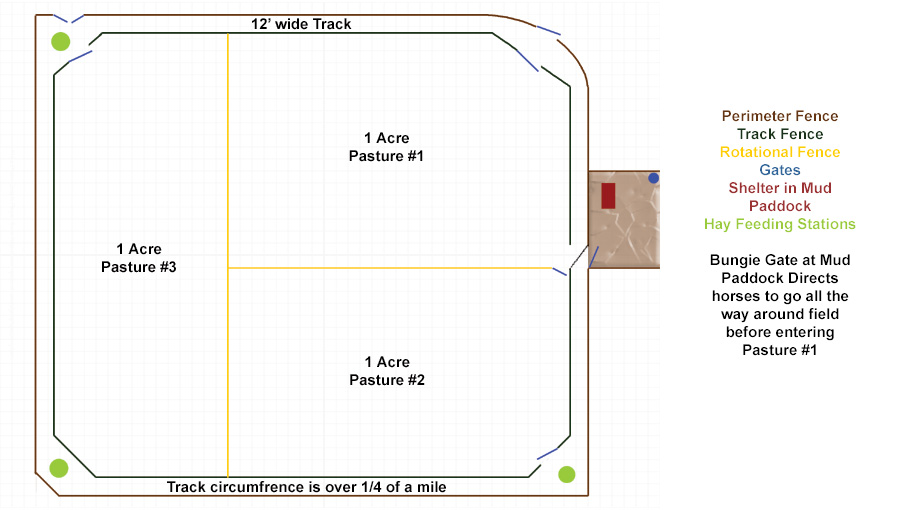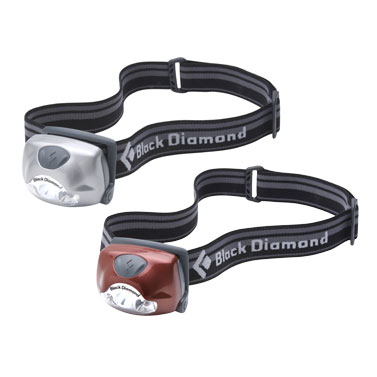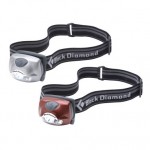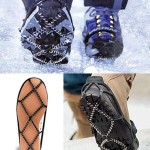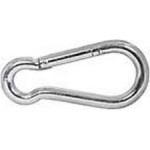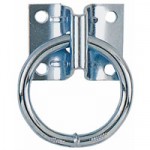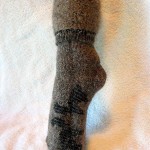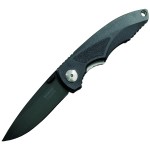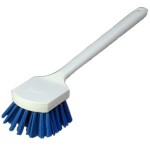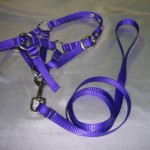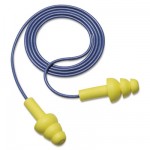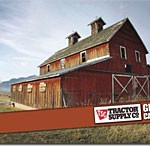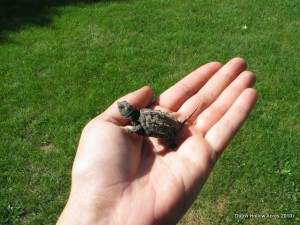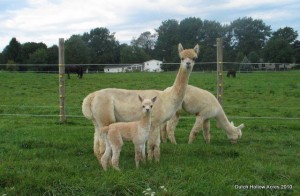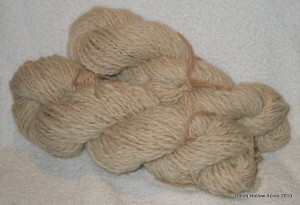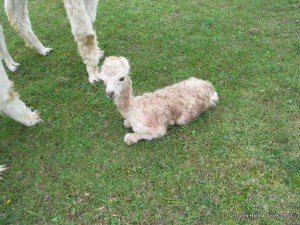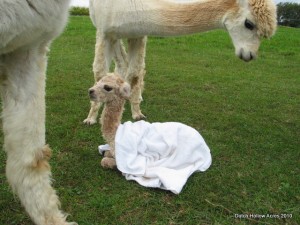The concept of a Paddock Paradise is the brain child of Jaime Jackson who wrote a wonderful book on it. (buy book here). The general idea of a paddock paradise is to create an environment for your horse that as closely mimics their natural habitat allowing them to travel distance and obstacles throughout the day instead of standing in a stall or munching on lush pasture.
The paddock or pasture is engineered such that a track or lane is formed around the outside perimeter and when possible includes natural obstacles such as creek crossings, hills, down trees, shade trees and more. Having a track around the pasture area allows the horses to move from point A to point B taking the longest route possible especially if things a horse wants are spread out within the track. For example: Hay may be at one point in the track but shelter is at another point, water at another and minerals at even another position. Your equine friend now has to get moving if they want something instead of just shuffling from one corner of the stall to another or one.
If you want to learn more about giving your horses a more stimulating and natural environment check out these
Paddock Paradise References:
http://www.paddockparadise.com
http://paddockparadise.wetpaint.com/
Since I have been slowing taking down old fencing and putting up new perimeter fencing I have recently gotten out the graph paper and have been engineering my own paddock paradise (pp) for my small herd.
A little about my set up:
Acreage: 11 total but a little over 3 acres for horse use
Horses: 3 total – 2 mare, 1 gelding
Perimeter Fence: Wood Posts w/Electric Tape top and 3 electric braid rope under that
Mud Paddock: Enclosed with field fence with water/minerals and shelter. Horses are locked full time in here spring and fall so they do not damage the 3 acre field.
Paddock Paradise Changes:
Track Fence: Step in fiberglass posts with Tape on top and 1 strand of braided rope under
Track: Track will be 12’ wide on the long sides and 20+ feet wide in corners to allow for resting/feeding stations
Pastures: Having a track will allow me to easily create (3) 1 acre rotational pastures with different entrance points for each yet keep my single point for water/mineral and shelter.
– I really wanted to create rotational grazing spaces but didn’t want to have the extra work of having to halter/lead each horse to the new pasture which also meant having to haul water to each of those pastures. I also would have to be conscious that there would be no shelter in the rotational parts which would make me watch the weather even more.
– In spring/fall when the ground is wet and muddy my horses are stuck in the mud paddock and stand still for almost a month or more before the ground freezes or dries enough to turn them out. The track can be used year round and keep them walking by putting hay far away from shelter/water.
– My horses are FAT! All that green grass with little walking on their part = one fat horse. If I were to put a GPS on one of them for a day I’d doubt they’d walk more than ¼ of a mile. Having this setup has proven that horses typically walk 2-7 miles a day on their own vs 1/2 mile or less with traditional paddocks.
– Simple answer: Cut my work load down while increasing my horse’s!
If you are thinking of doing something similar I highly recommend getting the book. It helps you a lot in all the planning. Get out the graph paper and try different layouts for your property and keep in mind that mechanical equipment like trucks, trailers, tractors, mowers have to be able to get from point A to B also.
I’ve also been toying with the idea of doing a similar thing with my alpaca paddocks. With the lush green grass in WNY I have some overweight alpacas and I’m thinking if I can get them walking more it’ll keep them in a better body score. If I add areas with stone dust it would also help keep their nails trimmed too!
Again for more information about Paddock Paradise
http://www.paddockparadise.com
http://paddockparadise.wetpaint.com/
